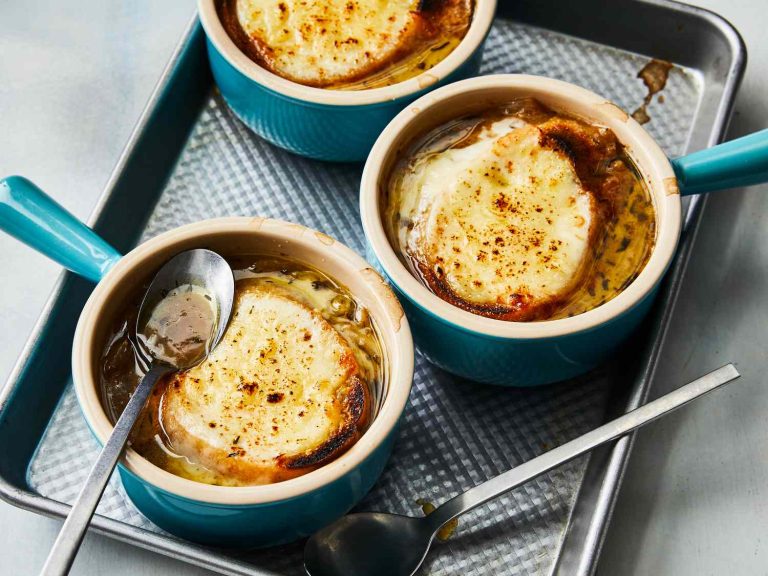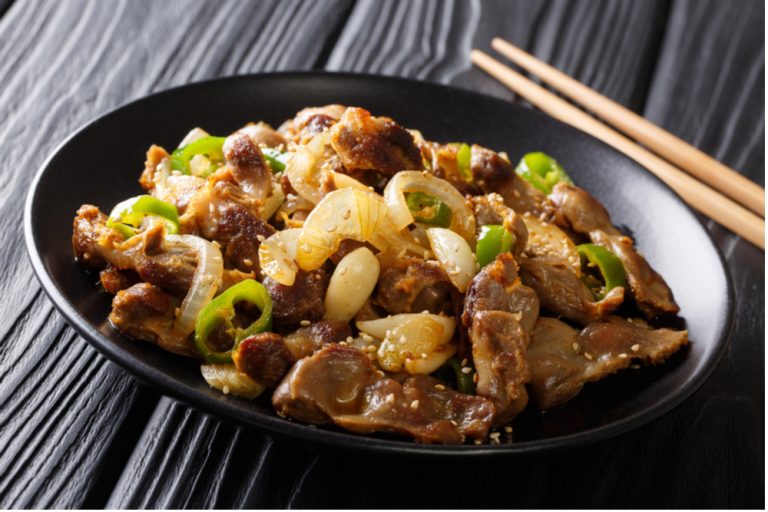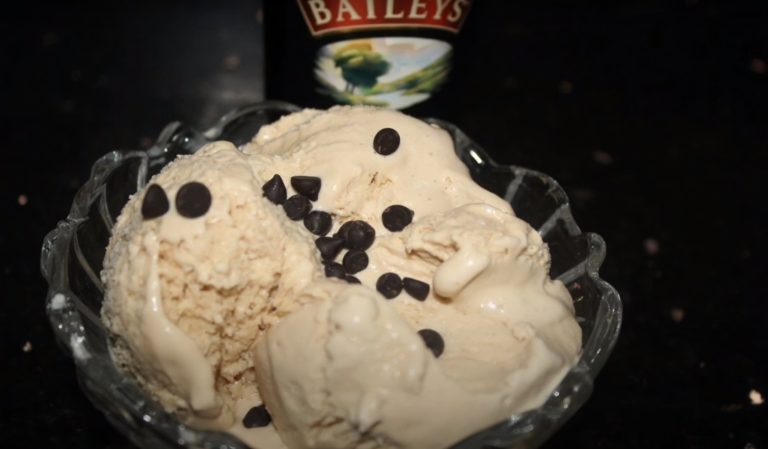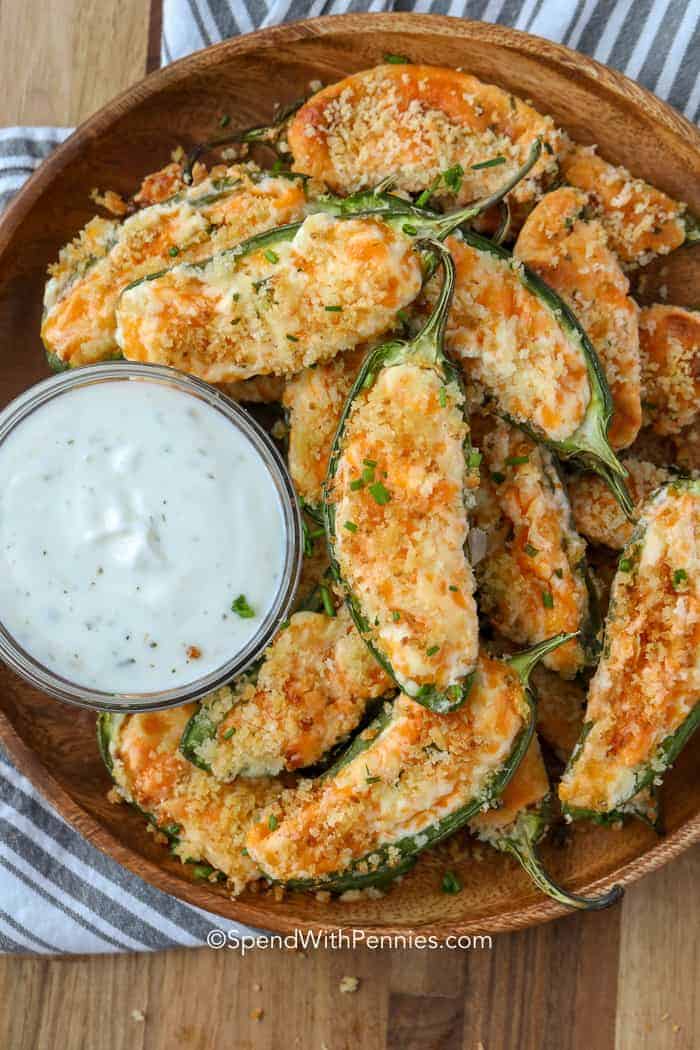Classic Goulash Recipe: Discover the Rich History and Much More
Classic goulash traces its roots to Hungary. Initially, it served as a staple dish for Hungarian shepherds in the 9th century, who prepared it with dried meat and onions. By the 16th century, paprika had become a key ingredient, transforming the dish’s flavor and color. Goulash embodies Hungary’s culinary heritage, incorporating elements like beef, traditional spices, and slow-cooking techniques that highlight the rustic and hearty nature of Hungarian cuisine.
Evolution and Variations Across Europe
As goulash spread across Europe, different regions adopted and adapted the recipe, adding their local twists. In Austria, Wiener Saftgulasch features a thick sauce and fewer vegetables. Germany’s variation, known as Gulaschsuppe, presents a soup-like consistency. In the Czech Republic, Szekely Gulyas includes sauerkraut for added tanginess. Each variation maintains the core essence of goulash yet reflects the unique culinary practices of each region.
Key Ingredients for Classic Goulash
Types of Meat Used
Beef often serves as the primary meat in classic goulash. Traditional recipes typically call for cuts like chuck or shank, ensuring a flavorful, tender dish. Pork variations exist, especially in regions like Austria where they create Wiener Saftgulasch. For those exploring diverse options, lamb also makes a suitable alternative, contributing a distinct taste while maintaining the dish’s rich texture.
Importance of Paprika
Paprika is vital in defining the character of goulash. Introduced to Hungarian cuisine in the 16th century, this spice delivers both flavor and color to the dish. Varieties like sweet, hot, or smoked paprika each offer unique profiles, and combining them allows you to customize the dish. Always incorporate paprika early in the cooking process to ensure it releases its full flavor, creating a deep, aromatic base that enhances the stew’s other ingredients.
Cooking Techniques
Traditional Cooking Methods
Traditionally, classic goulash relies on a slow-cooking technique to develop its rich flavors. Use a heavy pot like a Dutch oven to maintain consistent heat. Begin by browning beef chunks, typically using cuts like chuck or shank, in lard or oil. This process ensures the meat’s exterior locks in a savory crust, contributing to the stew’s depth. Add onions and sauté until golden brown, enhancing the dish’s aromatic base.
Incorporate paprika early, combining it with the sautéed onions and beef. Add water or broth, allowing the dish to simmer slowly over low heat. This extended cooking period, often 2-3 hours, allows flavors to meld, resulting in tender meat and a richly flavored sauce. Stir occasionally to prevent sticking and ensure even cooking.
Modern Adaptations
Modern adaptations of classic goulash incorporate various cooking appliances and time-saving techniques. Utilize a slow cooker or pressure cooker to achieve similar results with less hands-on time. For slow cookers, transfer browned meat and sautéed onions to the appliance, add paprika and liquid, and set it on low for 6-8 hours.
Pressure cookers significantly reduce cooking time, maintaining flavor and tenderness. Begin by browning the beef directly in the pressure cooker, add onions and paprika, then seal and cook for 30-40 minutes. Some modern recipes also opt for tomato paste or other vegetables, enhancing the dish’s complexity.
Comparing these methods reveals that while traditional approaches offer deep, nuanced flavors through slow cooking, modern techniques provide convenient and efficient alternatives without compromising the essence of classic goulash.
Serving and Pairing Suggestions
Accompaniments
Pair classic goulash with sides that complement its rich flavors. Potato dumplings, egg noodles, or spaetzle offer hearty options that enhance the dish’s comforting nature. Serve sautéed vegetables, like bell peppers and carrots, to add a fresh contrast. Include a crusty bread to soak up the savory broth, ensuring no drop is wasted. A simple green salad with a light vinaigrette balances the meal beautifully.
Wine Pairings
Select wines that complement the robust flavors of goulash. Opt for a dry red wine like a Hungarian Bull’s Blood (Egri Bikavér), which complements the paprika and beef. Choose a Cabernet Sauvignon or Merlot if you prefer familiar varietals. For white wine enthusiasts, a crisp Riesling provides a refreshing counterpoint to the dish’s richness. Consider the wine’s acidity and body to match the goulash’s flavor profile effectively.
Conclusion
Classic goulash is more than just a meal; it’s a comforting journey through history and culture. Whether you stick to traditional methods or opt for modern conveniences like slow cookers, this dish remains a versatile favorite. Pair it with potato dumplings and a well-chosen wine to elevate your dining experience. Embrace the rich flavors and heritage of goulash in your kitchen, and you’ll find it’s a recipe worth savoring time and again.





